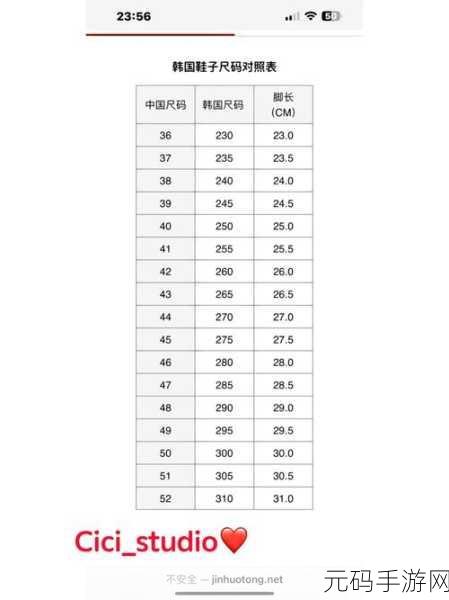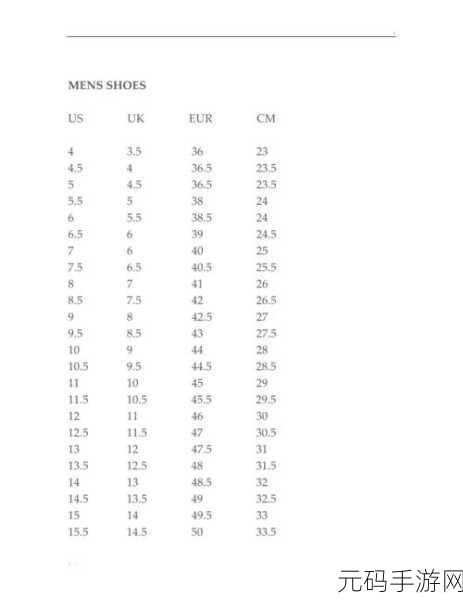欧洲尺码与亚洲尺码的概述
了解不同地区的服装尺码对于购物和穿衣搭配至关重要。尤其是在国际化日益加深的背景下,消费者经常面临选择时由于尺码不合适而带来的烦恼。欧洲和亚洲在服装尺寸上存在明显差异,这些差异不仅体现在数字标记上,还涉及到文化、身体结构等多方面因素。
尺度系统的根源
欧洲采用的是一种相对复杂且统一的测量体系,以厘米为单位来表示各个部位的数据。这种方法使得消费者能够准确地找到符合自己身形特征的产品。而亚洲则倾向于使用较简化的方法,多数国家以英寸或近似值进行标示。因此,从整体来看,欧盟国家往往会提供更精准、更细致的信息,使顾客能更轻松地选购合适款式。

身体结构与设计风格
除了基本数据外,不同区域的人群在身材比例上的区别也影响着服装设计。在欧美市场中,人们普遍拥有较宽阔肩膀以及长腿,而亚太地区则可能更加注重腰臀比。例如,许多东亚女性通常有较小的肩周围,因此其设计趋向于缩小此部分,以确保舒适感。而西方品牌为了迎合自家用户,则可能偏好更多空间及流动性。这导致了两者之间对于相同尺寸标准所做出的物理表现完全不同。
购买建议与技巧
面对这种跨地域界限分明的问题,在选择在线购物或者出国旅行时,有几个实用的小技巧可以帮助确保你挑选到正确尺码。一项关键措施是查阅相关品牌网站给出的具体测量指南,并参考客户反馈。如遇模糊之处,可以考虑联系卖家的客服获取直接支持。此外,一定要注意查看退换货政策,以防买错后无从处理。有时候,一个房间里放置几套自己的现有衣物作为参考,也是一个有效方式,通过这些熟悉号码去推断新商品的大致状态。

鞋子及其他饰品中的尺寸挑战
Shoe sizes also present a unique challenge. European shoe sizes, for example, are often larger and use an entirely different system compared to Asian measurements. While someone might wear size 39 in Europe, they could correspondingly fit into size 24 or even smaller in Asia. This discrepancy can lead to significant confusion during shopping trips or online purchases.
Lifestyle Factors Affecting Size Preferences
The overall lifestyle of individuals within these regions plays a role in sizing preferences as well. In many Western countries, casual dressing is more widely accepted; hence clothing tends to be roomier and less form-fitting. Conversely, Asian markets may prefer tailored fits that emphasize the silhouette due to cultural fashion trends emphasizing minimalism and refinement.
如何应对未来市场变化?
A growing trend towards global brands has started influencing how companies approach their sizing standards. More international retailers are adapting by offering dual-sizing options on product labels—providing both EU and AS measurements side by side—to minimize confusion among consumers looking at diverse regional offerings.
### 热点话题 - 全球羽绒服销售趋势分析 - 各类运动装备国际比较 - 在线购物中的“虚拟试衣”技术发展


